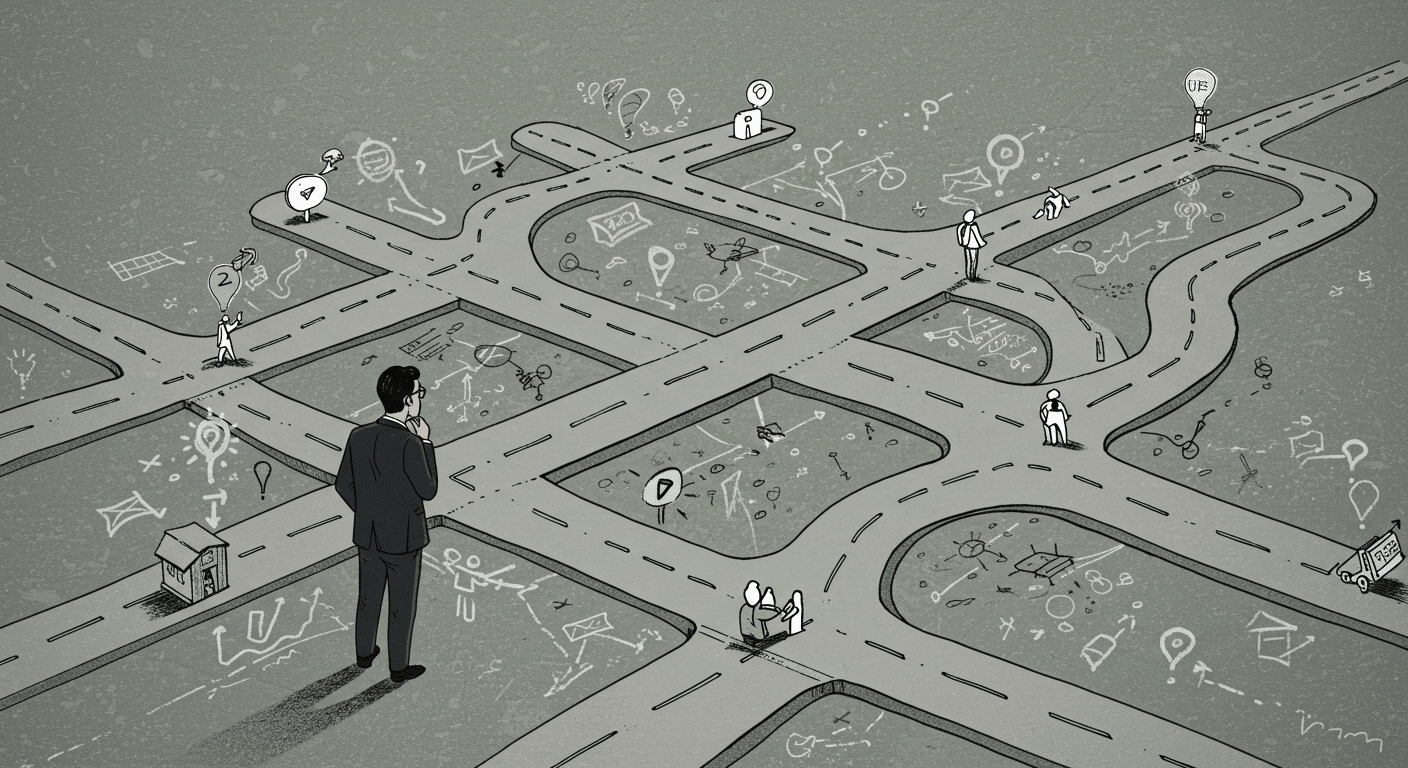Fostering Diversity and Inclusion On Your Remote Team
Diversity and Inclusion: A Critical Strategic Priority
In 2020, employers discovered that meeting employees’ wellness needs was not merely “nice to have” for recruiting purposes, but was a critical factor in employee performance and retention.
As health and safety concerns swept the globe, new conversations about the role of discrimination and systemic oppression entered the mainstream. Business leaders faced the crucial task of not just forming a diverse team, but ensuring every voice was heard.
The importance of diversity and inclusion for high-performing organizations is not recent news. In 2015, McKinsey found that the public companies in the top quartile for ethnic and racial diversity in management were 35% more likely to outperform their competitors. Furthermore, companies in the top quartile for gender diversity were 15% more likely to have returns above their industry average.
In an age of seismic transformation, diverse teams offer creativity and productivity advantages critical to seizing opportunities and surviving disruption.
To this end, Harvard Business Review found more diverse teams solve problems faster than those with similar abilities. Similarly, Deloitte Australia found teams that foster diversity and inclusion are more inclusive and outperform peers by 80% on team-based assessments. Research from John Bersin found diverse teams are 1.7X more likely to be leaders in their industry.
With the transition to remote work, the challenge of creating an inclusive workplace took on new dimensions. Leaders needed new strategies for replicating conversations about inclusion that may have organically happened in the office. In this virtual age, only an intentional approach to diversity, inclusion, and mental health will effectively create productive and positive team cultures.
Let’s explore a few key strategies for making diversity and inclusion a priority for your remote team.
Diversity and Inclusion (D&I) Tiger Team
If your team’s diversity efforts require substantial action, creating a cross-functional team focused on recruiting and fostering diverse talent may catalyze your efforts.
In the model of other stand-up teams, this group should establish a long-term vision, plan quarterly goals and annual initiatives, meet regularly, and communicate their work to the company at large.
Creating a similar team may be helpful for addressing employee engagement overall. While diversity initiatives may roll up into larger engagement goals, leaders will want to keep these teams separate to ensure focus on the right outcomes.
Possible long-term goals for this team may include equal gender representation or fair racial representation amongst the leadership team, supplier diversity, or investments in D&I initiatives and priorities. Specifically, quarterly or annual goals might include expanding diversity in recruitment by sourcing new hiring channels or establishing Employee Resource Groups for underrepresented groups.
Diversity, like engagement and other business critical functions, requires management by measurement. To build a culture that fosters diversity, leaders must clearly define success, build a comprehensive plan around SMART quarterly priorities, and measure results to ensure outcomes match intent.
Employee Resource Groups
Employee Resource Groups (ERGs) serve as voluntary, employee-led networks providing a safe environment for the discussion of identity and inclusion. ERGs offer programming, mentorship, and opportunity for important conversations regarding the intersection of workplace and societal issues.
With any number of intersecting challenges facing workers on remote teams, ERGs ensure that employees have a community that supports their unique needs and personal growth. ERGs maintain communication with leadership for inclusive decision making. Furthermore, they may also provide resources for the rest of the company to better understand their community and its needs.
While typically self-started, company leadership can encourage and incentivize ERG creation to get these groups off the ground. Sarah Cordivano has a comprehensive guide on Starting Your Employee Resource Group that lays out specific guidance for starting an ERG.
Let’s break down two types of ERGs essential for virtual team inclusivity.
Identity-Based ERGs
Identity-based ERGs are open to anyone who identifies as part of a respective group. These identities may include:
- Race and ethnicity
- Neurodivergence or physical disabilities
- Women
- Religious minorities
- LGBTQ+ groups
- Age minorities
Crucially, ERGs help foster a sense of psychological safety for historically marginalized groups. Along with investments in physical well-being, investments in providing a sense of security and belonging are critical for building an inclusive team culture.
While these networks may organically form in in-person offices, fully-inclusive ERGs for remote teams require intentional support from leadership. Furthermore, these groups may experience unique pandemic challenges which warrant special attention on today’s remote teams.
Parenting Employee Resource Groups
Any business with real adults needs to meaningfully support working parents. Parents face new barriers to productivity as they balance childcare needs and work commitments while remaining at home. The stress and distraction of telecommuting with children at home pose a significant threat to working parents’ mental health.
Designating a resource group specifically for your team’s working parents supports a culture that prizes work-life harmony. This group plays a meaningful role in elevating the concerns of parents to company leadership.
Diversity-Related Programming
As part of their inclusion efforts, ERGs can also help spearhead D&I-related programming. This programming can include cultural celebrations, internal or guest speakers on relevant topics, or community volunteering projects. Devoting the time and resources to these events pays dividends with increased engagement.
Team-building events should also reflect a cultural emphasis on diversity and inclusion. Many remote team building events can be structured to reflect the diversity of your remote team. Relying on Happy Hours may alienate employees who do not partake in alcohol or cannot attend evening functions due to childcare requirements. Coffee chats, recipe sharing, or lunch-and-learns can all be turned into opportunities for building an inclusive remote community.
Flexible Holidays
Recognizing that not every employee celebrates the same cultural heritage goes a long way towards fostering inclusion. On the other hand, attempting to recognize every single holiday on your team may encompass too many days. Instead, strategies like Flexible PTO or floating holidays ensure fairness to each employee.
In addition, while business may be slow in late December, it may also be a good time for employees to complete focused work or target markets without seasonal slow-downs. Maintaining full flexibility is not just the right thing to do, but reasonable accommodations are also required by law under Title VII in the United States.
“Employers should be careful about establishing rigid leave policies because the enforcement of such policies may materialize into a claim for religious discrimination under Title VII,” says Lori Rassas in Employment Law: A Guide to Hiring, Managing and Firing for Employers and Employees. “For example, if an employer has a policy that only two people in a department can take time off on any given workday and three people request the day off to attend religious services, the employer might be subject to a workplace discrimination claim under Title VII for religious discrimination by the person whose request is denied if a reasonable accommodation is possible and is not offered”.
Teams may also incorporate cultural and religious holiday celebrations into team-building activities that celebrate diversity and foster inclusion. Creating celebrations that represent all religious and cultural traditions makes sense for high-performing virtual teams.
Final Word: Outcomes, not Output
The workforce is quickly becoming more diverse. As shown time and again, those who resist and resent diversity are repelling top talent and underperforming more diverse competitors.
With the transition to remote work, the future of teams has arrived. Leaders must act quickly to encourage the diversity and engagement of their teams while remote or they risk seeing their team’s productivity and morale plummet.
In addition, emphasizing diversity and inclusion creates a culture where employees feel comfortable bringing their whole selves to work. On virtual teams, a holistic approach to management is required to build relationships that power successful teams.
Remote teams present a unique opportunity for organizations to improve on their efforts. With intentionality and a little creativity, leaders have the power to create a more diverse, future-oriented, and productive workforce.




